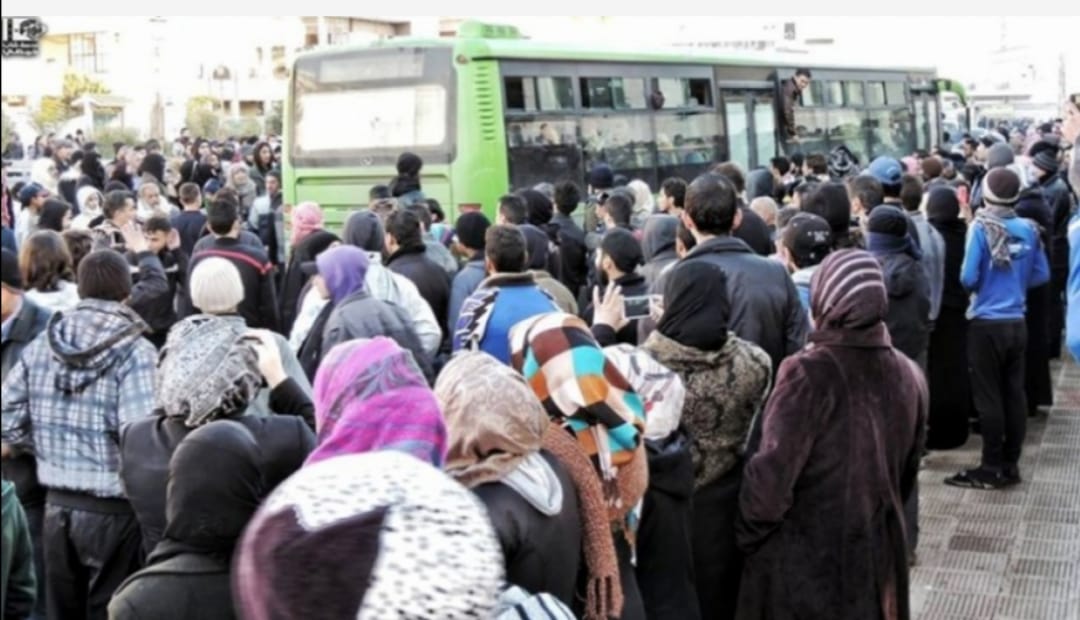
Considering the systematic nature of the Syrian regime's policy of forced displacement, there is a gap in the analysis informing international policy-oriented discourse of this systematic effort to affect a permanent demographic shift.
We tried to address it in our briefing.
We tried to address it in our briefing.
The policy continues being applied to this date, as documented in the most recent Human Rights Watch @hrw report which details attacks on Idlib, which were part of the policy of forced displacement.
hrw.org/report/2020/10…
hrw.org/report/2020/10…
Forced displacement is almost always followed by land and property confiscations and their distribution to loyalists, often members of foreign militias. syacd.org/hama-confiscat…
The regime's policy relies on “buying time” to stabilize and cement the demographic change. This is one of the key reasons for the constant delaying of any meaningful political solution which would envisage the return of refugees and restoring their rights.
Demographic change is difficult to reverse, but its impact can be greatly diminished if independent and efficient mechanisms and institutions are established to oversee and implement organized return of the displaced, under robust international guarantees.
The Syrian regime is investing all its capacity to stop this from happening in a hope of retaining its poisonous dream of “useful Syria”. However, the 13 million displaced Syrians are the only force which will decide upon its fate.
9 million Syrians are ready to return if the right conditions exist. If they persevere in their determination to reclaim their homes and their country, Assad’s attempt to engineer a “useful Syria” through demographic change will remain only that – a criminal, failed attempt.
Read our full analysis here: syacd.org/demographic-ch…
• • •
Missing some Tweet in this thread? You can try to
force a refresh






